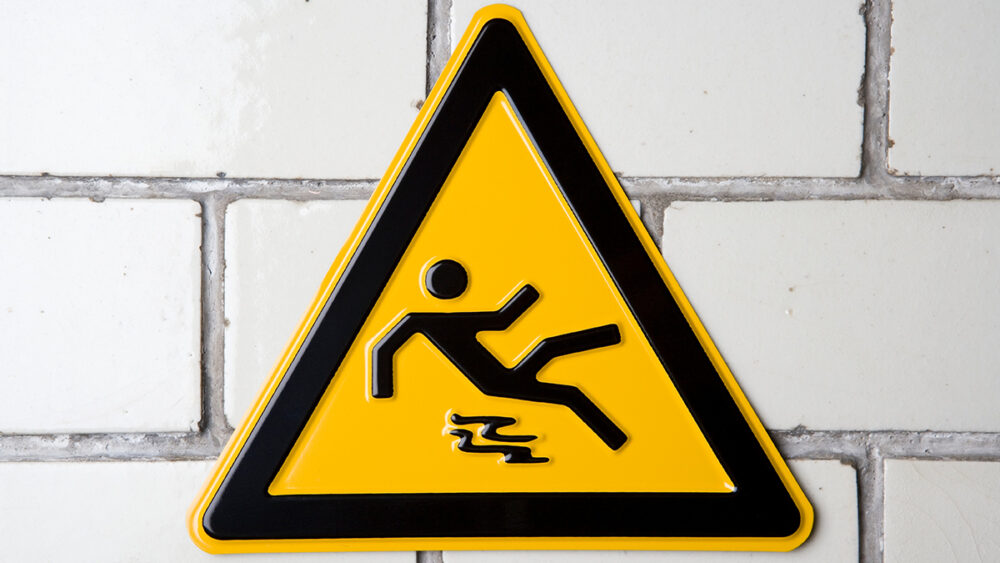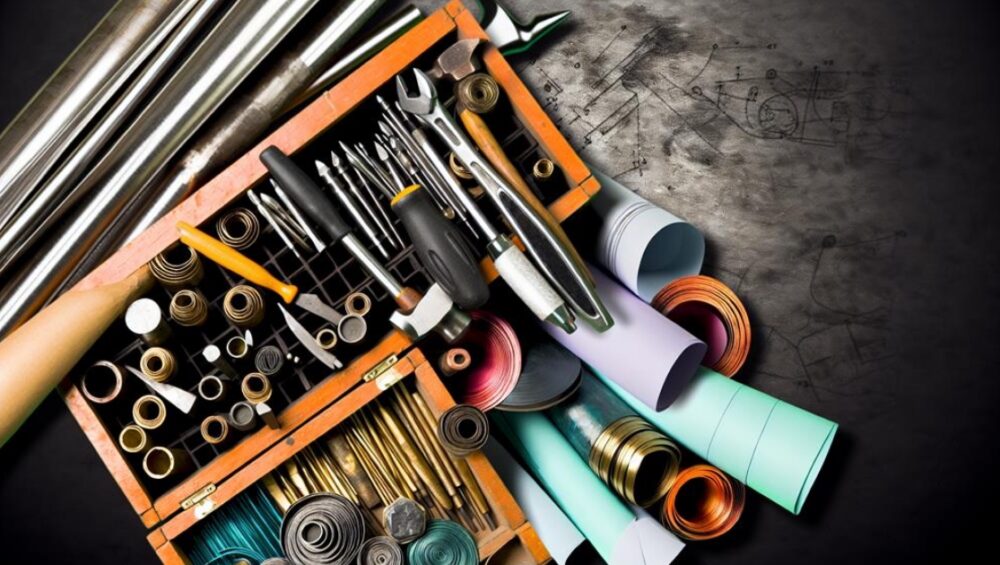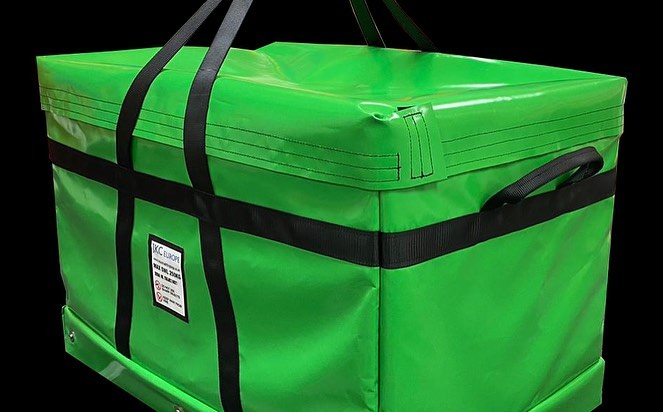It’s an unfortunate fact that people will get injured or worse while trying to make a living. Some jobs are inherently more dangerous than others, but they still need to get done. Sure, every industry has safety standards and requirements, but even if they are met, accidents can still happen. Well over 1 million people are injured on the job every day seriously enough to have to miss work. That can have a major impact on working productivity and the economy.
If you are a business owner, you should take steps to make your workplace safer. For one, make sure that you offer safety training and refresher courses, so your staff always has safety at the top of its mind. Ongoing safety and equipment training will be key in preventing injuries. Additionally, when there is an accident, you must also have the right insurance in place to protect everyone involved. For example, your employees should be covered by workers’ compensation, which you learn more about here, while the general public and clients should be protected by general liability coverage. Though accidents are inevitable in any industry, below are some industries in the United States with high injury rates.
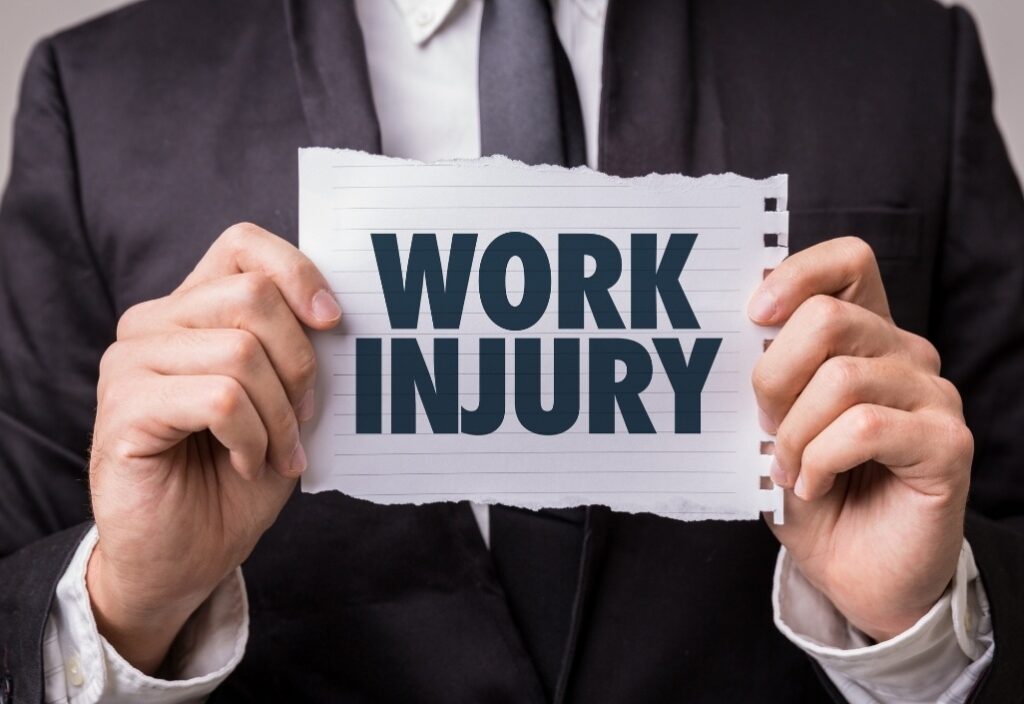
1. Emergency Services
By their very definition, emergency and protective service workers put themselves in harm’s way every day. For example, firefighters have to come in close contact with fires and other hazards to save lives and protect property. Paramedics are often working in dangerous conditions to ensure that people get the medical care they need in emergencies. Police officers also put themselves in harm’s way to fight crime. Plus, workers in these professions spend a lot of time on the road in their vehicles, meaning there is more of a chance that they will get into accidents.
2. Logging
It might not seem like it, but we still use paper products every day. Plus, much of our furniture is still made from work. Logging is a vital part of our economy and makes sure that the products we need are created and sent to our homes and workplaces. However, logging is a very dangerous industry. Workers are often using heavy machinery and equipment that can cause serious injuries and damage if used incorrectly. Plus, a big component of the logging process is chopping down massive trees that can cause injury if they do not fall in the right direction. On top of all of that, much of the work in the logging industry is done in the deep woods, where it can be hard to get medical attention and often requires a medevac.
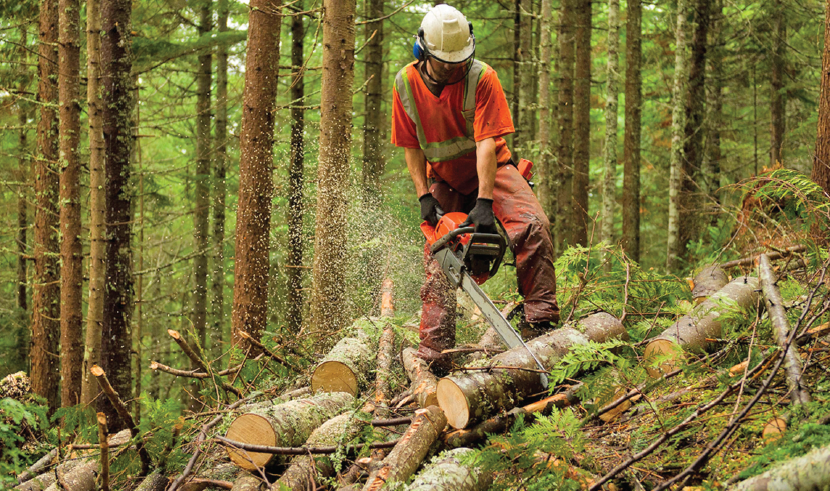
3. Shipping Industry
There are many ways that a worker in the shipping industry can get injured. For one, working in a warehouse comes with many possible hazards. Repetitive lifting and movements can lead to strains and sprains. There is heavy equipment on-site, such as forklifts and pallet jacks. If not maintained properly, warehouses often have tripping hazards. Workers in warehouses also must beware of dropping packages on their feet.
Drivers are also a big part of the shipping industry. Driving a large commercial vehicle is risky on its own. First of all, they are more difficult to handle than personal vehicles. Plus, their loads can shift and cause tipping of the container. When a truck gets into an accident, it has more potential to cause serious injury and damage because of its weight and size.
4. Maintenance and Cleaning
The job of a maintenance professional usually involves making any repairs on the job site. They work with heavy equipment to make sure that it is functioning properly. They can get their fingers stuck between gears and parts. Depending on where the equipment is located, they may also be in danger of the environment around the equipment.
Cleaning professionals have similar jobs to maintenance workers. However, they have different risks. For example, a cleaner may be in danger from wet floors. If there is a particularly messy area, then there may be trapping hazards to worry about. They are also at risk from illness due to close proximity to dangerous substances like mold. Getting stuck with a dirty needle can also cause serious infections and diseases.

5. Construction
There’s a reason that construction workers wear hard hats and work boots. There is always a risk of falling debris on a job site. There are also tripping hazards all over in the form of tools, equipment, and holes in the ground, among other things. Construction workers also often have vehicles for transporting equipment. Getting into an accident with construction equipment in the vehicle can cause more injuries and harm than driving a personal vehicle.
6. Food Preparation and Service
You might not think, but food service can be very dangerous. Cooks and chefs are operating in a pressurized environment. They need to make meals fast and get them out to the dining room. Using knives while being in a rush can be very dangerous. Add on to that the risk of bumping into other workers in a busy kitchen or slipping on a wet floor by the dish pit. With so many hazards, it’s only natural that food service businesses have many injuries.

7. Personal Care
While the goal of a personal trainer is to get their license in great shape, there is still a chance that they could harm themselves while doing it. Working out puts strain on your muscles, and there is a higher likelihood of pulling or straining a joint. Lifting weights is also a repetitive activity, which can cause fatigue for muscles and lead to sore joints and back problems. Personal trainers need to work out to keep up their own physiques, but they have to be careful while doing so.
The most important aspect of any business is how well it treats its employees. There are dangerous jobs out there, but that doesn’t mean that you can’t take steps to make them safer. By identifying dangerous industries in our society, you can either avoid them if you want to or work to ensure that all employees are safe while on the job.

